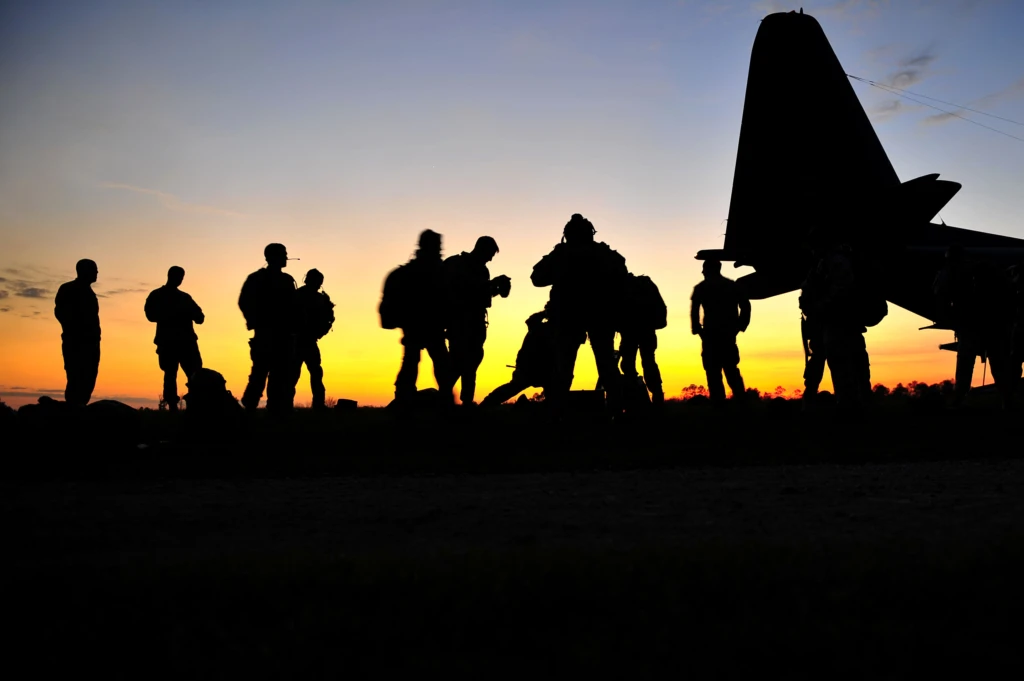
Meeting the challenge of military readiness in a digital world

A changing geopolitical situation, new ways of warfare, increasing cyber threats, and the rise of space capabilities and 5G communication are transforming Defense organizations. That transformation has been given even more impetus by COVID-19, which forced many organizations to reconsider their operating paradigms.
Adapting to this complex and fluid landscape is impacting militaries’ ability to maintain forces at an appropriate state of readiness. But what do I mean by “readiness”? To me, it’s the confluence of three core factors, personnel, equipment and training, and their combined ability to influence Defense’s key operating priorities of:
- Maintaining the existing force through raising, training, and sustaining the existing capability.
- Employing a force on designated missions and tasks, with superior mission planning, situational awareness, and interoperability.
- Generating a future force designed to meet emerging and future challenges.
All three of these priorities, and the readiness status of the military capabilities that are employed therein, are powered by a digital foundation.
[See our infographic on the “new normal” of military readiness]
Let me explain:
Maintaining the existing force
Technology provides a decisive advantage for maintaining readiness through this phase. This includes establishing the groundwork for digitization of the battlespace and underpinning a “train as you fight” approach that ensures every member of a force is familiar with the digital tools that make a force agile, interoperable, and decisive.
Maintaining the force also demands perpetual training. Defense forces are finding that rapidly expanding capabilities in modeling and simulation, along with mixed reality, gaming techniques and processes, is driving a transformational shift in mission rehearsal and training. By eliminating costly and complex physical training, digital training also features scalability, realism, increased safety, and a highly personalized training experience.
A third component of digital readiness flows from ubiquitous ERP data. ERP—enterprise resource planning—has changed the face of military readiness, through the exploitation of commercial and private-sector best practices. The next step is to couple the foundational ERP capability with artificial intelligence (AI), machine learning (ML) and the Internet of Things (IoT) technology, enabling the fusion of data from a vast array of sources, and giving Defense organizations game-changing capabilities around materiel availability and asset readiness.
Employing a superior force
Without execution, nothing else really matters. Digital technology supports force preparedness in a multitude of ways. For one, it creates the common operating picture and situational awareness that drives mission effectiveness. Defense staffs at all levels need a trusted source of information, delivered in time to allow them to act decisively. This information often exists in disparate systems, making it difficult or even impossible to get instantaneous access to the right information. Modern cloud-based solutions and AI bring all the key pieces of data together, speeding the OODA1 loop and empowering decision superiority.
The successful employment of the force also requires matching the appropriate assets and optimum course of action to the emerging threat. By adopting synthetic environments and a range of AI and machine/deep-learning techniques, intelligent agents can be developed that mimic human performance in war-gaming and provide tipping and cueing during mission execution. Mixed reality allows the planners to be immersed in the virtual world as they plan and explore possible outcomes, collaborating remotely with others, and enabling the final scenario to be output directly into mission rehearsal.
Increasingly, mission success relies on data capture, analytics, and AI at the edge. Once a force is deployed it both creates and consumes vast quantities of data. Utilizing contemporary digital technologies, infrastructure, and services, including exploitation of 5G and space-based communications, this data can be securely delivered to military leaders for better, faster decision-making.
Generating the future force
What will the operational environment look like in five years, 10 years, or even 20 years? This type of planning typically relies on determining likely futures against a significant range of assumptions and can be improved in several ways.
One is through advanced simulation and modeling. Determining a future state considers current and emerging threats and juxtaposes them with policy and strategy. This requires sophisticated processes and technology that can exploit vast arrays of data, and apply AI, and simulations that are able to make sense of many and varied futures, enabling a better understanding of a future force’s needs.
This forward-looking approach is improved with technology such as digital twins for simulation. Digital twins—virtual replicas of physical assets—create high-fidelity digital representations of the real world, allowing users to predict failures, assess performance against new threats, and generate efficiency across the entire lifecycle of a system.
Lastly, generating the future force relies on an agile and secure platform for capability development. The right digital platform can help Defense conceptualize, design, and implement new mission capabilities, providing Defense-specific tools and processes that ensure that all capability inputs are considered at every stage of development, and leaving data firmly under defense ownership for exploitation throughout the asset lifecycle.
Join us for a transformational journey
Microsoft is a trusted mission partner, bringing more than 40 years of collaboration with Defense and Intelligence organizations around the globe. That makes us ideal to help militaries on their readiness transformation journey. We do this by focusing on trust, innovation, security, identity, and compliance, all powered by our extensive global partner ecosystem.
Learn more about how we are helping organizations face the new challenges of military readiness.




